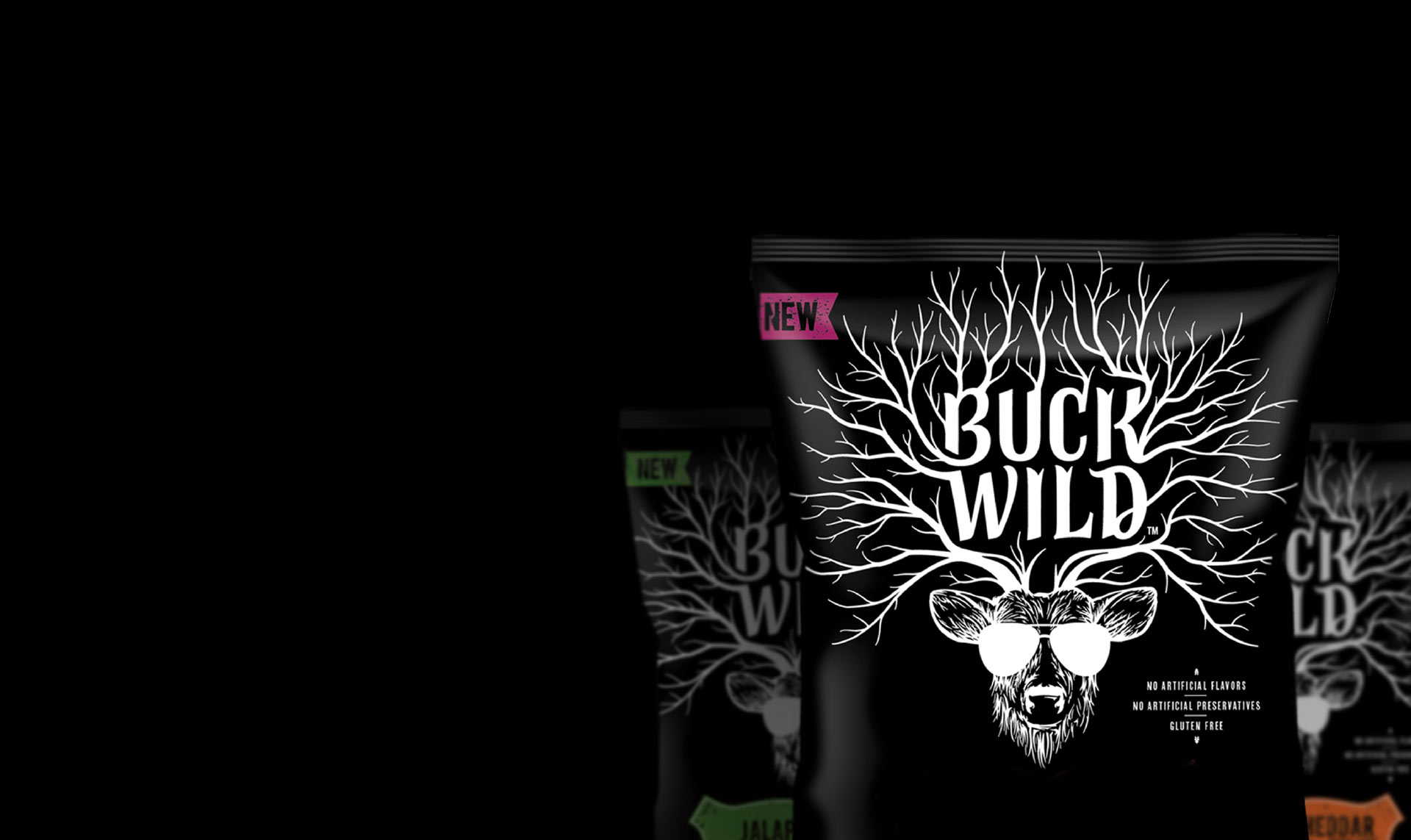Branding
Make* Branding & Design delivers top quality creative brand solutions for organizations selling direct to consumer and to other businesses (B2B, B2C). At Make*, we create branding that speaks directly to your consumer by optimizing physical, visual, and conceptual touchpoints.
Branding Components
1. Brand Identity
Firstly, brand identity in simple terms is all the visual elements that represent your business. Your brand identity includes your logo, brand colors, website, ad, product, and package design, typography, graphics etc.
Consistent brand identity is important for both new and existing customers. Your brand identity should not only attract new consumers, but also make returning customers feel a sense of familiarity, and security. After all, maintaining a consistent brand identity will help establish and emphasize your desired brand message to your consumers.
2. Brand Image
Brand image is how consumers feel about your business right now. To know where you need to go it is important to first understand where you are. Therefore, knowing your brand image means having a good sense of the current associations with your brand, in the mind of the target consumer. Your brand image will indicate what your brand stands for as believed by your consumers.
Changing your brand image for the better takes time, consistency, consumer feedback, and a lot of testing. However, once you understand your current brand image it is easy to start making the changes required to eventually get where you want to be.
3. Brand Personality
Brand personality is a strategy that allows your business to influence how consumers feel about your products, or services. The goal of your business’ brand personality is to bring out an emotional response from your core consumer demographic. Emotional responses will lead to positive actions. For example more conversions or an increase in sales.
It is helpful to think of your business’ brand personality as a set of human characteristics. These characteristics should be, above all, relatable to your core consumer. Overtime improve your brand equity by being consistent in these set of traits.
There are 5 common personalities used in branding.
Strong (durable, powerful, outdoors, independent, rugged), Elegant (refined, composed, premium, savoir faire), Honest (goodwill, impartial, fair, kind, helpful), Smart (advanced, leading, cutting-edge) and excitement.
4. Brand Communication
Brand communication is every touchpoint where you communicate with your customer directly, indirectly, verbally, and non verbally. There is a lot to think about when it comes to brand communication, in addition to normal communications.
Every touchpoint is an opportunity to strengthen your brand. For example: phone calls, emails, in direct conversations, ads, and digital marketing. Keeping your brand communication consistent will allow you to evaluate its effectiveness and improve overtime. Thus communicating the right message to the right audience will help you build a stronger, more memorable brand.
Branding Touchpoints
1. Physical touchpoints in branding
A physical touchpoint is anything a consumer can touch or interact with physically. Also known as tactile elements, what affects the physical experience of your brand are for instance size, texture, weight, volume, smell, taste, feel, quantity, material etc.
Ultimately, the way physical touchpoints are used for your brand will depend entirely on your product, in addition to the industry, and medium of sale.
2. Visual touchpoints in branding
You guess it! Visual touchpoints are everything that a consumer can see. Visual and physical touchpoints often overlap when it comes to product, package, and storefront branding. However, it is essential to look at all visual touchpoints independently. For instance logos, websites, emails, ads, posters / billboards / signage, as well as social media.
Visual touchpoints have become increasingly important, as digital media has become the most effective and affordable communication method between businesses and their consumers over the last few decades.
3. Conceptual touchpoints in branding
Also known as subconscious marketing. Conceptual touchpoints are not physical or tangible, however still impact how consumers perceive your business. Conceptual branding can be done through a direct experience with your business, and similarly, through exposure to your message. How it works is by implanting explicit and implicit memories in your consumers that have strong associations to your desired perception.
These touchpoints are less obvious but just as important. Many modern consumers are aware of the conceptual tactics used by companies, however still allow these tactics to affect the way they perceive the brand. This is due to their subconscious nature.
For instance, clean restrooms in restaurants making consumers think the food is safer to eat than a restaurant with a dirty washroom. Even if the kitchen cannot be seen. Therefore you need a focus on conceptual touchpoints.
Follow Our Branding Newsletter
At Make*, we are obsessively committed to all things branding. Subscribe to follow our branding blog and get new blog posts, pro tips, free downloads, breaking industry news, and more. Get our content sent directly in your email inbox. In other words, ever miss a beat by subscribing to Make* Branding & Design.
Professional Branding by Make*
In conclusion, get in touch with Make* to have your branding created and developed by a leading agency in Toronto, Ontario. Make* Branding & Design, above all, creates brands beloved by millions for business to consumer and business to business organizations.
Contact Make* today for more information about our branding solutions for business.


